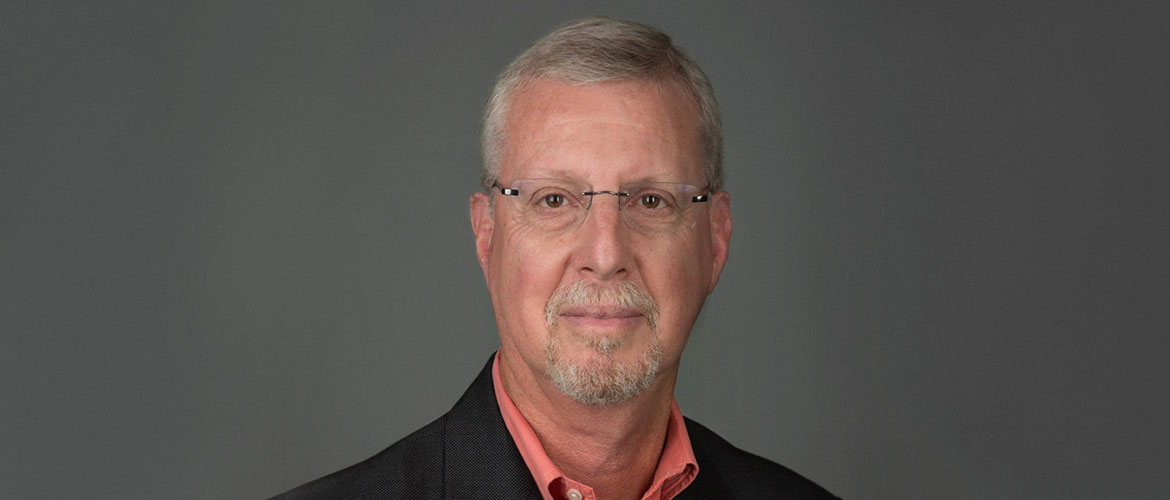By Mark Casner, RadSite Accreditation Committee Chair
Reimbursement challenges for all medical specialties are here to stay, and radiology is no exception. Radiology practices enjoy an extra layer of scrutiny since most payers require each facility to have its equipment certified by an independent accrediting organization (AO). While this may be a burden for the facility, it does help ensure that the equipment is up to standard and that patient safety is the first priority.
Accreditation is more than the imaging provider’s ability to produce a good picture on a particular piece of equipment. The imaging provider must ensure that adequate policies and procedures are in place. Techs must be properly trained. The radiologists need to be actively involved in all aspects of the imaging provider’s practice, including the development of the policies and procedures and the training of staff. The facility will want to provide a positive experience for the patient and family. Relationships with the referring physicians require timely scheduling and effective communication at all levels.
Currently there are four AOs that an imaging provider can consult for the accreditation of their advanced diagnostic imaging equipment, but not all AOs are created equal.
Administrators should ask the following questions: how onerous is the process? How expensive is the accreditation? What is the experience of the AO? Is the application process user friendly? Will the AO work with me to ensure a smooth outcome? Is there an inherent conflict of interest between the AO and the payer?
We believe that RadSite has built a best-in-class accreditation experience based upon its interactive approach to accreditation. Administrators should perform their own due diligence. It can make a difference.

